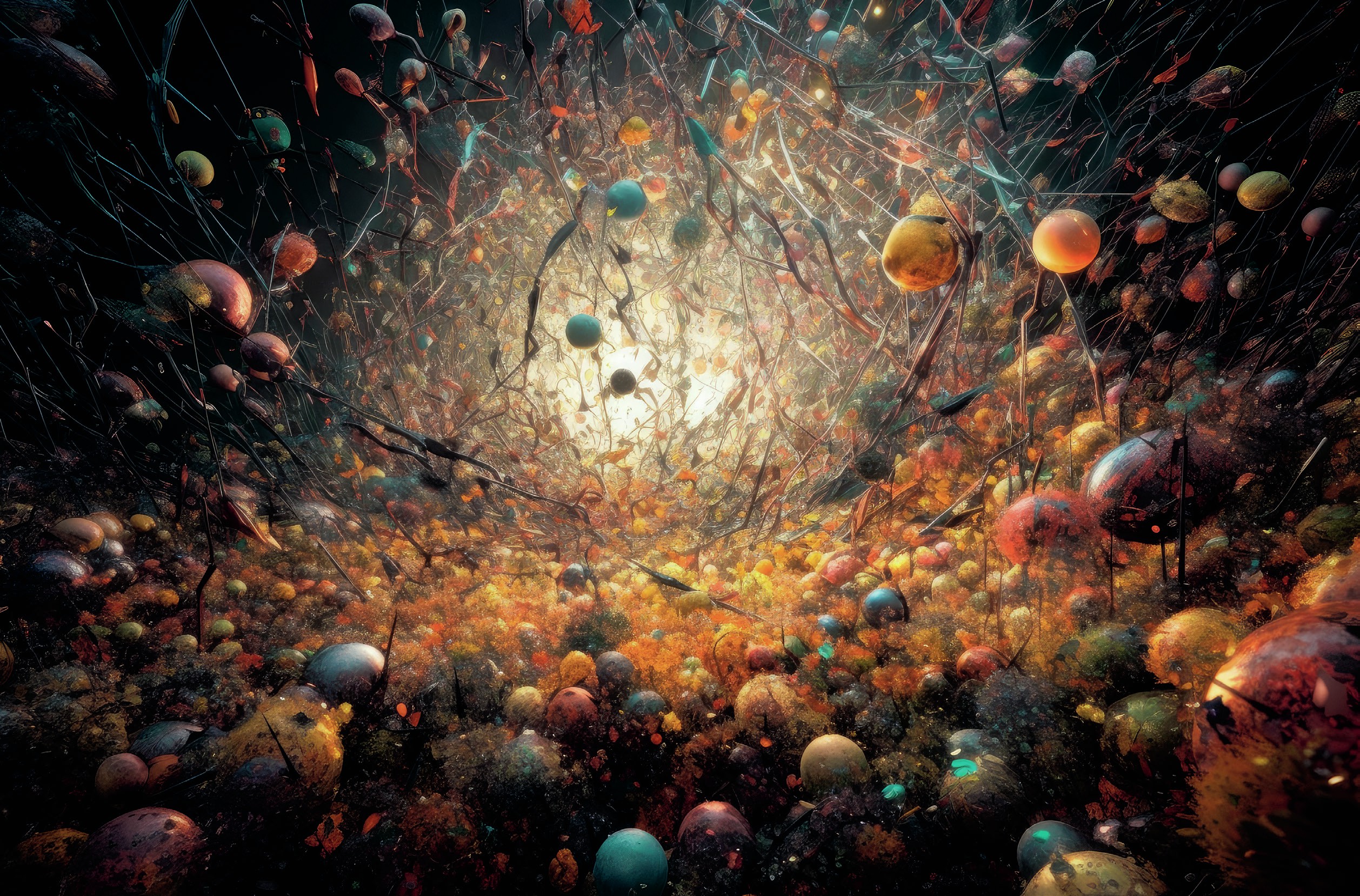
The terms in bold link to topics in the AQA, Edexcel, OCR, WJEC and CCEA A-level specifications, as well as the IB, Pre-U and SQA exam specifications.
The atomic nucleus contains protons and neutrons, themselves made of smaller particles called quarks. The force holding the quarks together is described by a theory using the idea of a conserved colour charge, a fundamental ingredient of the standard model of particle physics
Your organisation does not have access to this article.
Sign up today to give your students the edge they need to achieve their best grades with subject expertise
Subscribe




